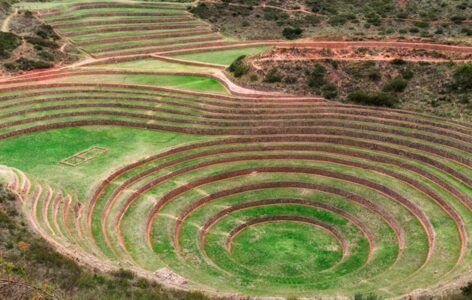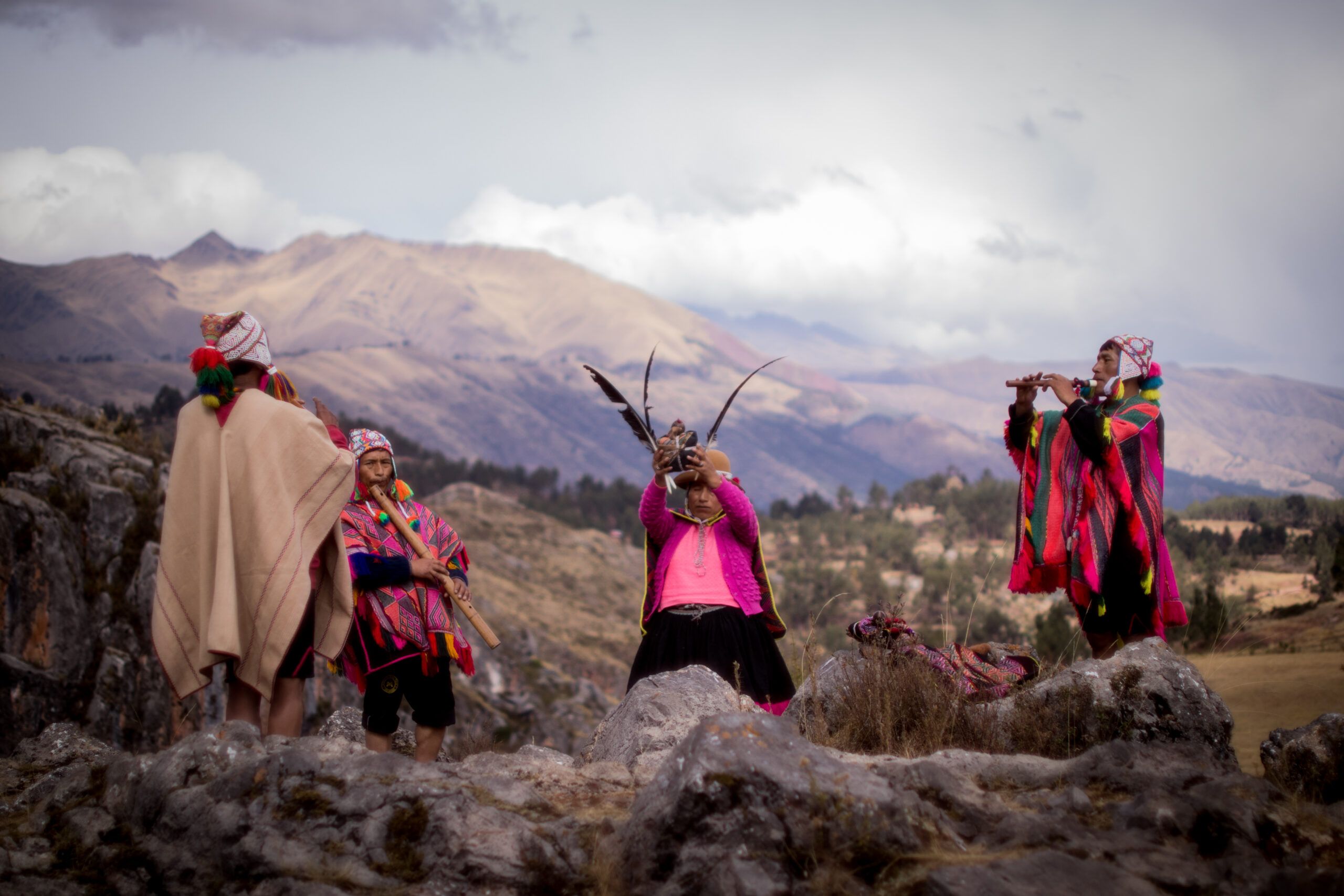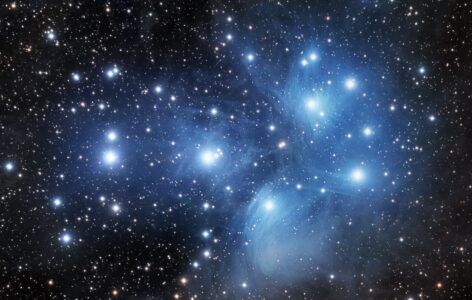Since we are in Kay Pacha, Hanaq Pacha and Ukhu Pacha surrounds us with both good and evil energies. And even though the word ‘death‘ may bring us bad memories or chills, it is not one of the bad influences.
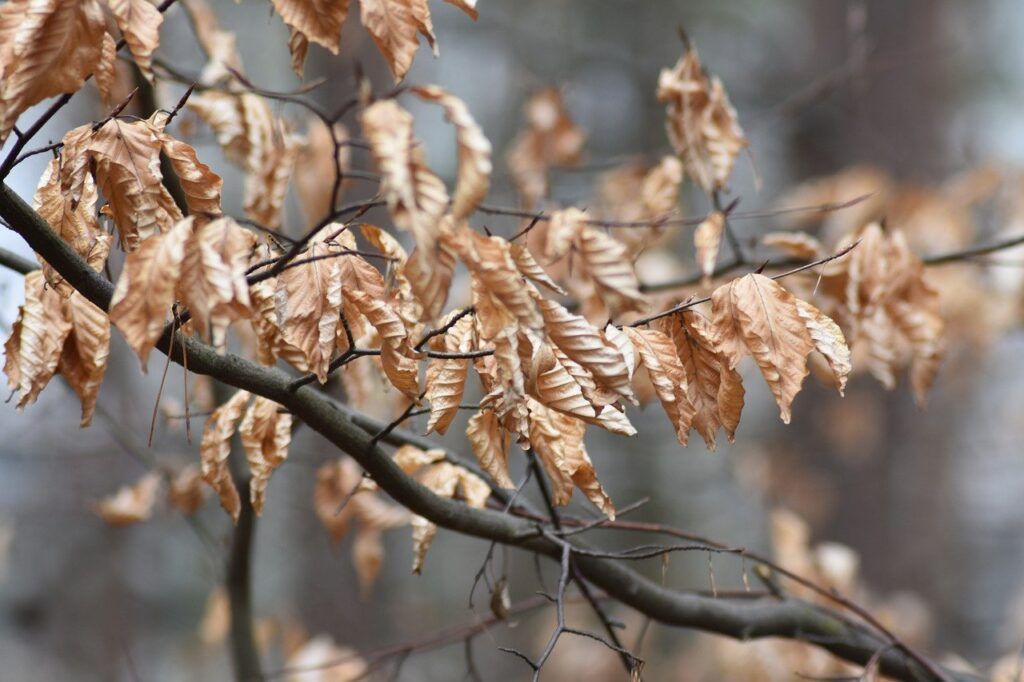
Ill Wind
Machu Wayra refers to an intangible evil force or energy, an “ill wind“.
The Quechua describe this as a sudden and unpleasant sensation that individuals may experience either alone or in the presence of others. Moreover, sometimes it is a momentary feeling that passes; other times, it physically affects the victim
Sometimes it is a fleeting emotion that fades away; at other times, it physically afflicts the victim, necessitating measures to cleanse them of the “ill wind“.
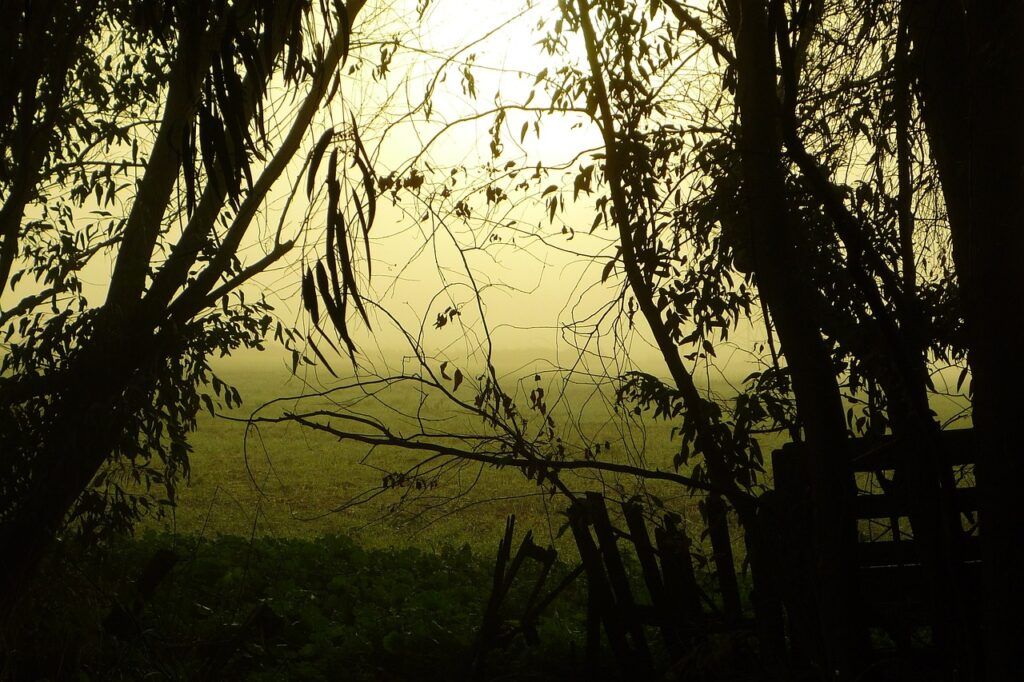
According to their beliefs, the malevolent force originates from the fetus of a woman who has aborted intentionally or spontaneously.
When a woman aborts, she must call an Andean Paqo or curandero to hold a specific ritual to burn the fetus. The ashes of the fetus are capable of causing illness and even death to others if not disposed of carefully.
Some people purposefully send the Machu Wayra to others.
They call on the services of the yachak, who prepares an offering with the fetus of a hen or pig along with other items in order to send evil to another person. When the intention is to send evil, it’s black magic or sorcery.
Getting Rid of Machu Wayra
The quechua ask for protection from the Pachamama and make Her a haywarikuy. They may need to bring in a ritual specialist to assist them in ridding themselves of Machu Wayra. There are many ways to do this.
- Garlic as Protector: It is commonly used as a condiment in the Andes. The more commonb types are large cloven yellow garlic or white garlic with small cloves. To counteract the intrusion of the negative energies of Machu Wayra and all evil spirits, people hang and conceal bunches of garlic in corners of their homes.
- Ruda: The plant called ruda grows in all parts of Peru. They lightly rub a branch of this all over the head, body, and extremities of the affected person. Then they burn the branches or leaves, creating the sound of small firecrackers and releasing a strong odor. Within minutes of performing this ritual, the negative energy of the Machu Wayra will leave.
- Souls of the living and the Dead: There are many beliefs concerning Machu Wayra and the souls of the living and the dead. People believe that Machu Wayra can capture souls, induce shock, decrease energy levels, and disrupt sleep patterns. Sometimes people beccome inconsscious or paralyzed.
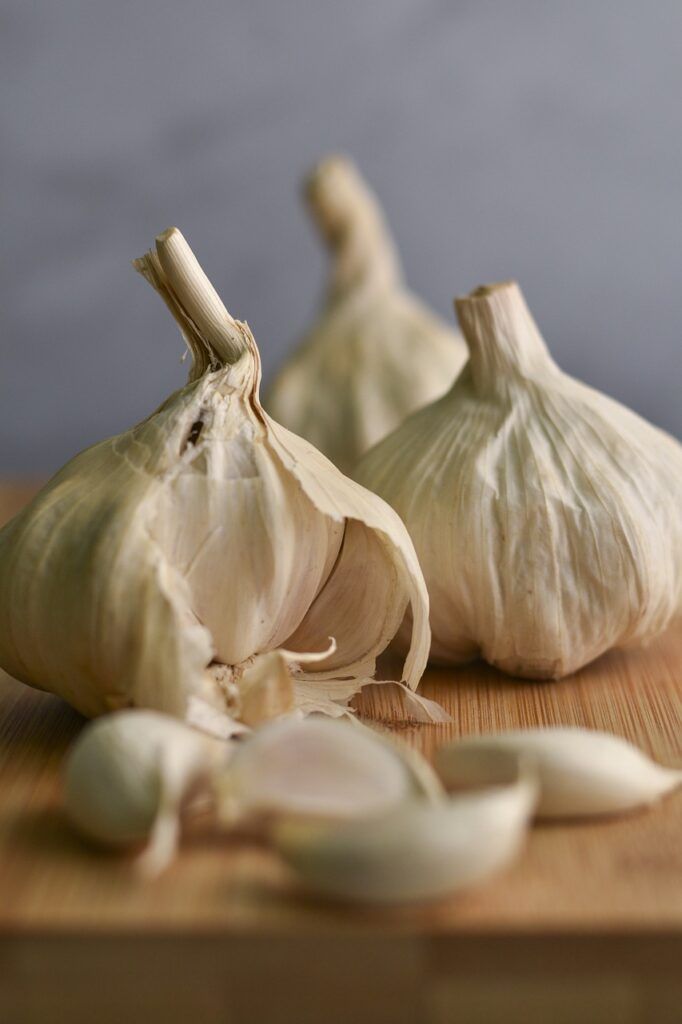
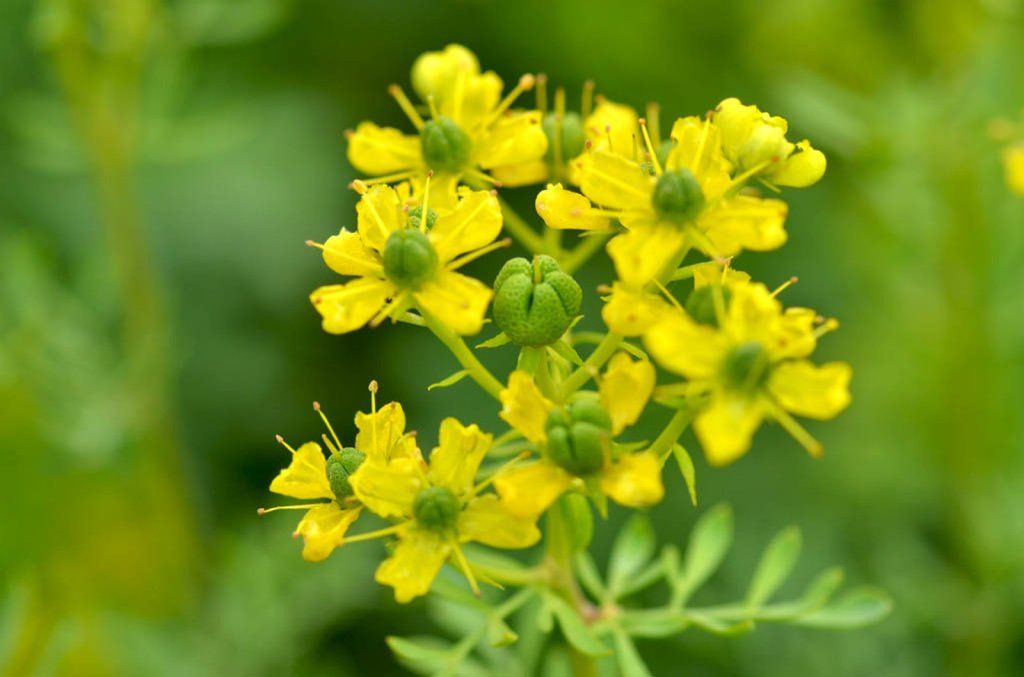
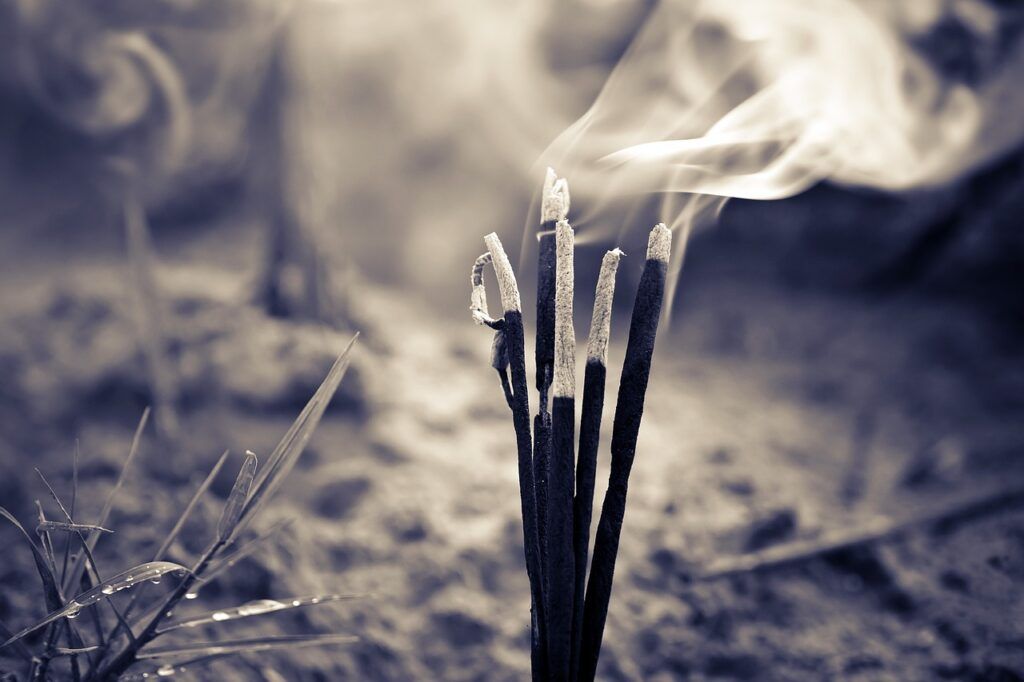
Symbolic Death
Throughout the ancient sites in the Andes, one finds large, carved, flattish stones referred to by archaeologists as funenral or death stones. They believe they were used to prepare the bodies for burial.
Healers from all parts of Peru come to visit the ruins at Machu Picchu and conduct healing ceremonies at special sites. There is a large funeral stone at the highest point of the ruins, near to the original entrance. Three steps, symbolizing the three Andean worlds are caved into the side.7
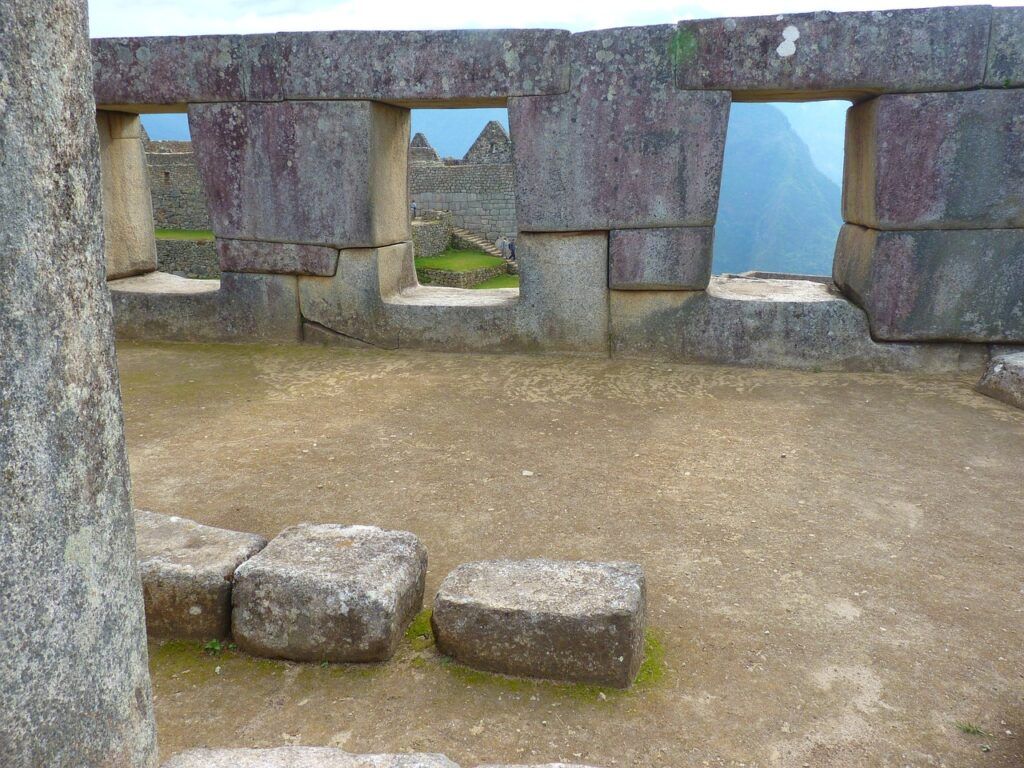
Death
The Quechua believe that wañuy (death) is an ending only as concerns the body. But for the soul, physical death is the beginning of a new journey into the formless world, with transformation that leads to rebirth.
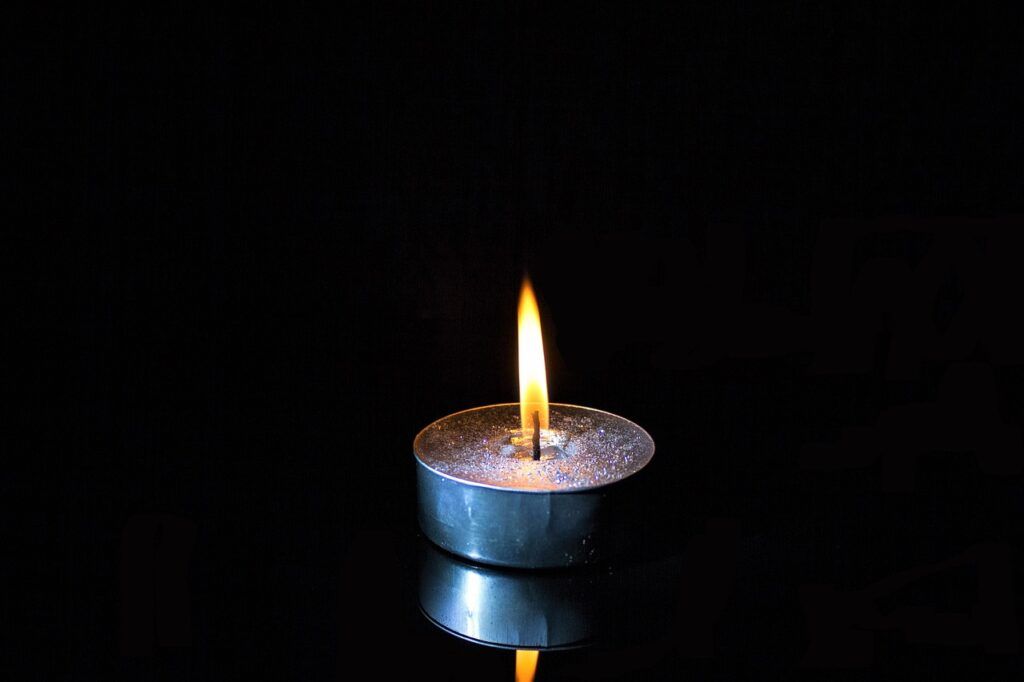
Ancient burial sites in Peru contained bodies wrapped in the fetal position, buried in communal caves along with friends and relatives who had gone before.
The Quechua venerate their dead out of love and respect for what they have given to the living. They believe that the ancestors lying within Pachamama‘s body transform into plants, rivers, mountains, and living creatures, maintaining contact with them.
They are a part of human beings as well. Death gives birth to new life as the seed sown into the bosom of Pachamama.
Quechua pakos believe that at death a person’s soul leaves the body and wanders for five nights in animal form. At the end of this period, the soul of the good person goes to Hanaq Pacha, the Andean heaven.
The soul returns to the cemetery each holiday and goes back to the house where he lived once a year. After five years, the soul disconnects from the family forever.
The soul of the bad person goes to Ukhu Pacha, where it is condemnes to wander to all the places where he or she committed sins in life.
Funerals in the Andes follow Christian traditions. A Catholic priest attends a burial service, which is followed by a period of mourning.
References:
Cumes, C and Lizárraga Valencia, R (1995) Pachamama’s Children. Mother Earth and her Children of the Andes in Peru. Llewellyn Publications.

